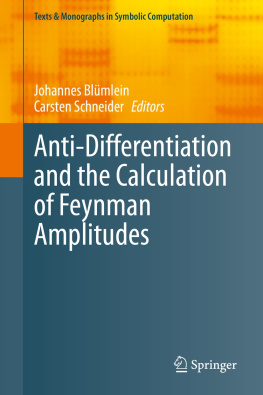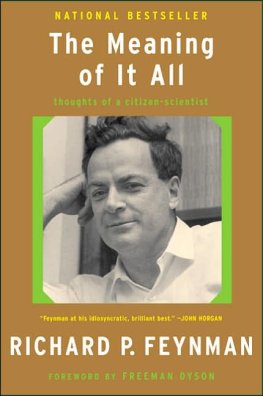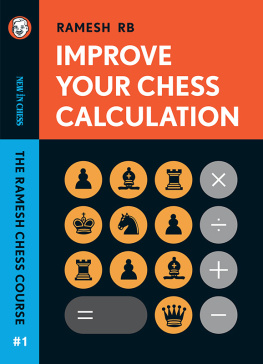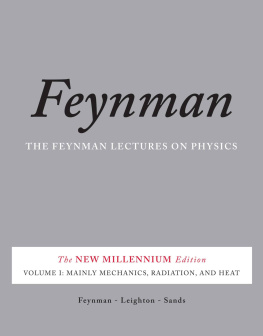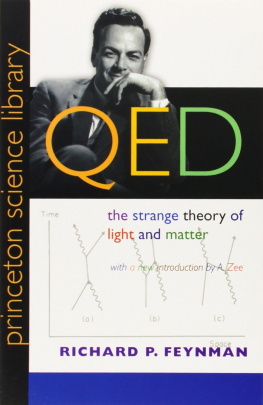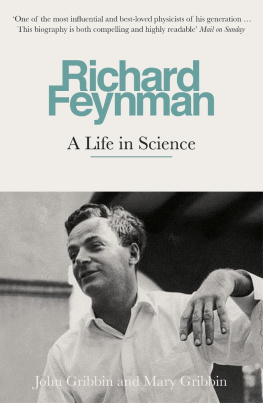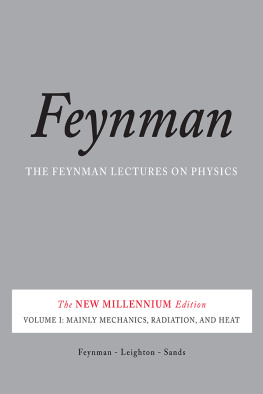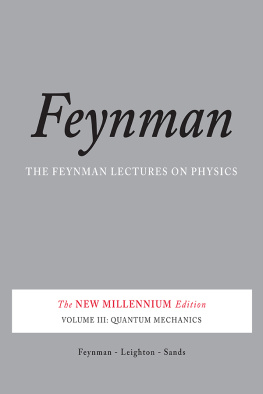Johannes Blümlein - Anti-Differentiation and the Calculation of Feynman Amplitudes
Here you can read online Johannes Blümlein - Anti-Differentiation and the Calculation of Feynman Amplitudes full text of the book (entire story) in english for free. Download pdf and epub, get meaning, cover and reviews about this ebook. publisher: Springer International Publishing, genre: Children. Description of the work, (preface) as well as reviews are available. Best literature library LitArk.com created for fans of good reading and offers a wide selection of genres:
Romance novel
Science fiction
Adventure
Detective
Science
History
Home and family
Prose
Art
Politics
Computer
Non-fiction
Religion
Business
Children
Humor
Choose a favorite category and find really read worthwhile books. Enjoy immersion in the world of imagination, feel the emotions of the characters or learn something new for yourself, make an fascinating discovery.
- Book:Anti-Differentiation and the Calculation of Feynman Amplitudes
- Author:
- Publisher:Springer International Publishing
- Genre:
- Rating:3 / 5
- Favourites:Add to favourites
- Your mark:
- 60
- 1
- 2
- 3
- 4
- 5
Anti-Differentiation and the Calculation of Feynman Amplitudes: summary, description and annotation
We offer to read an annotation, description, summary or preface (depends on what the author of the book "Anti-Differentiation and the Calculation of Feynman Amplitudes" wrote himself). If you haven't found the necessary information about the book — write in the comments, we will try to find it.
Anti-Differentiation and the Calculation of Feynman Amplitudes — read online for free the complete book (whole text) full work
Below is the text of the book, divided by pages. System saving the place of the last page read, allows you to conveniently read the book "Anti-Differentiation and the Calculation of Feynman Amplitudes" online for free, without having to search again every time where you left off. Put a bookmark, and you can go to the page where you finished reading at any time.
Font size:
Interval:
Bookmark:
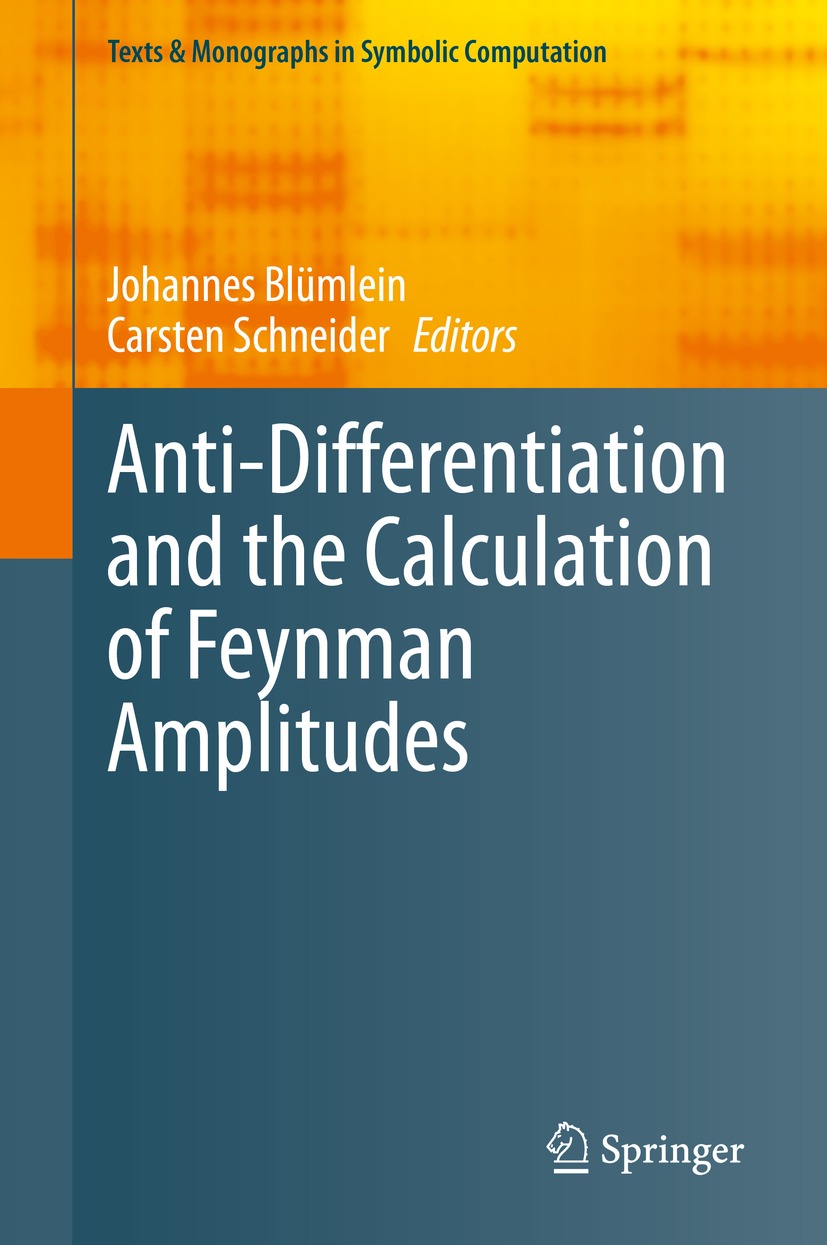
Mathematics is a key technology in modern society. Symbolic Computation is on its way to become a key technology in mathematics. Texts and Monographs in Symbolic Computation provides a platform devoted to reflect this evolution. In addition to reporting on developments in the field, the focus of the series also includes applications of computer algebra and symbolic methods in other subfields of mathematics and computer science, and, in particular, in the natural sciences. To provide a flexible frame, the series is open to texts of various kind, ranging from research compendia to textbooks for courses.
Indexed by zbMATH.
More information about this subseries at http://www.springer.com/series/3073

This Springer imprint is published by the registered company Springer Nature Switzerland AG
The registered company address is: Gewerbestrasse 11, 6330 Cham, Switzerland
The analytic calculation of Feynman amplitudes, and in particular the evaluation of Feynman integrals, is a challenging task within elementary particle physics. In particular, the simplification of such often large-scale expressions in terms of special functions and constants plays a decisive role to improve the prediction and to obtain a deeper understanding of these predictions of renormalizable quantum field theories of elementary particle physics for experimental precision measurements. The main focus of the book Anti-Differentiation and the Calculation of Feynman Amplitudes is put on sophisticated and efficient symbolic methods and related tools from mathematics and theoretical physics to support this task. Special focus is put on the manipulation and simplification of non-trivial Feynman integrals, and more generally of rather general classes of multi-integrals and connected multi-sums that are relevant in many other research areas of natural and technical science.
Advanced symbolic integration and summation tools are carved out that support in the task to explore and simplify multiple integrals and sums to special functions and constants.
Sophisticated special function techniques are elaborated that explore important properties of major functions (e.g., integrals over elliptic functions and related sums).
Efficient technologies, like Integration-By-Parts (IBP) methods , are worked out that enable one to represent physical expressions in terms of (coupled systems) of linear differential equations.
Highly general computer algebra methods are introduced that support in the task to solve linear differential and difference equations efficiently.
This book brings together sophisticated tools from pure mathematics, computer algebra, and the theoretical particle physics community that are combined non-trivially or that have strong potentials for future interaction. In particular, we expect that the following tools presented in this book will be crucial for challenging calculations that will be fundamental for ongoing and future experiments at the Large Hardron Collider (LHC) and its planned successor at CERN, the FCC.
In Analytic Integration Methods in QFT (Johannes Blmlein), a general overview of the mathematical and symbolic computation methods for the treatment of Feynman integrals is elaborated. In particular, the chapters of this book are introduced accordingly in this general presentation.
In Extensions of the AZ-algorithm and the Package MultiIntegrate (Jakob Ablinger) an extension of the (continuous) multivariate Almkvist-Zeilberger algorithm is introduced that can compute linear difference and differential equations of Feynman integrals. Special focus is also put on solving the found equations in terms of nested sums and integrals.
In Empirical Determinations of Feynman Integrals Using Integer Relation Algorithms (Kevin Acres and David Broadhurst) efficient algorithms (in particular, PSLQ and LLL) are presented and applied to evaluate and explore sophisticated Feynman integrals in terms of special constants.
In N=4 SYM Gauge Theories: The 26 Amplitude in the Regge Limit (Jochen Bartels) the Regge limit of scattering amplitudes is utilized, which is based upon unitarity, energy discontinuity, and the analytic structure of the arising Feynman amplitudes.
In Direct Integration for Multi-Leg Amplitudes: Tips, Tricks, and When They Fail (Jacob L. Bourjaily, Yang-Hui He, Andrew J. McLeod, Marcus Spradlin, Cristian Vergu, Matthias Volk, Matt von Hippel, and Matthias Wilhelm) it is demonstrated how the hyperlogarithmic integration method in interaction with new techniques can be used to transform certain Feynman integrals to hyperlogarithms.
Font size:
Interval:
Bookmark:
Similar books «Anti-Differentiation and the Calculation of Feynman Amplitudes»
Look at similar books to Anti-Differentiation and the Calculation of Feynman Amplitudes. We have selected literature similar in name and meaning in the hope of providing readers with more options to find new, interesting, not yet read works.
Discussion, reviews of the book Anti-Differentiation and the Calculation of Feynman Amplitudes and just readers' own opinions. Leave your comments, write what you think about the work, its meaning or the main characters. Specify what exactly you liked and what you didn't like, and why you think so.

